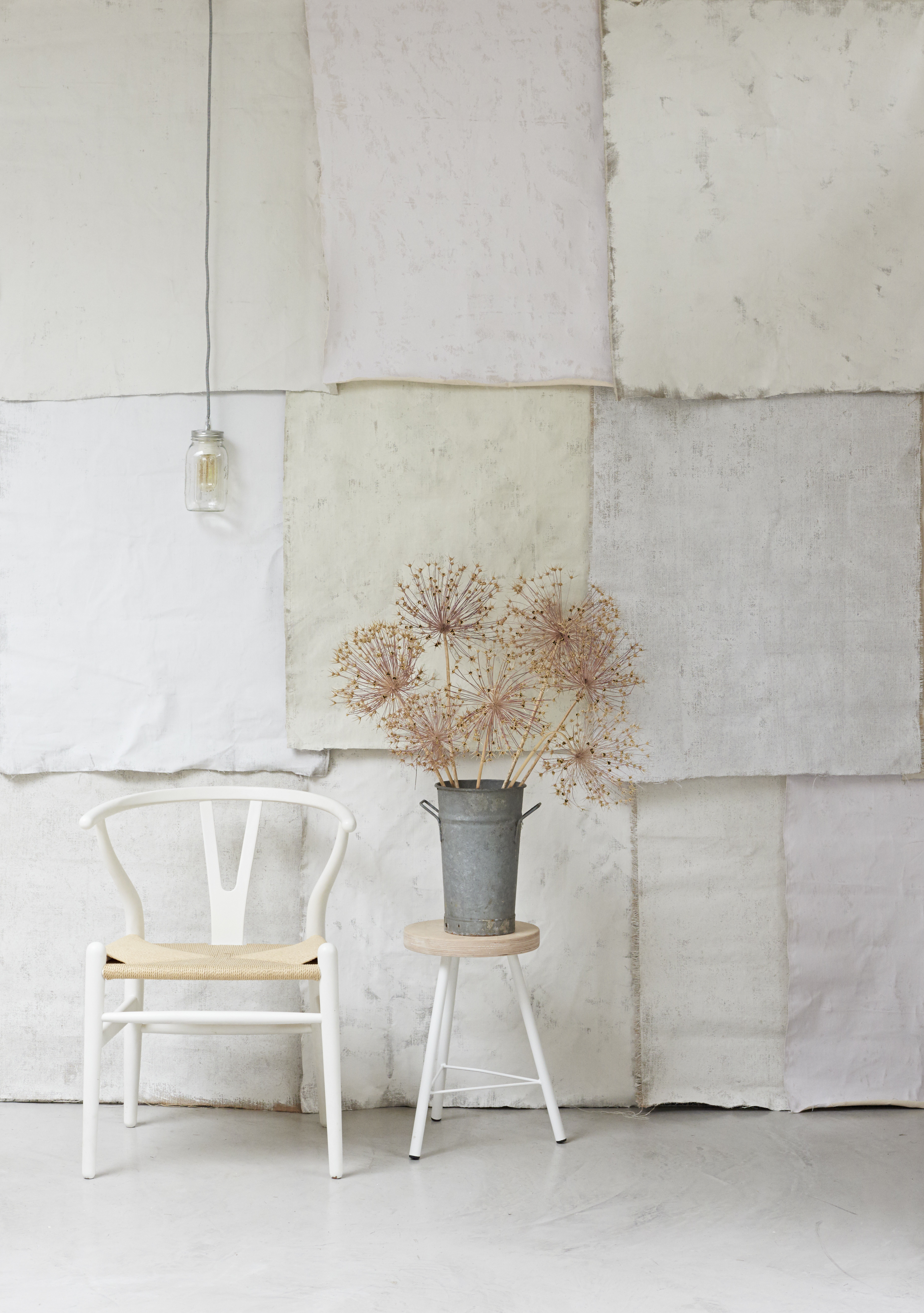A handy guide to Volatile Organic Compounds (VOCs) and Virtually VOC Free Paint
Posted by Celtic Sustainables on 7th Jan 2019
Volatile Organic Compounds (VOCs) are organic (eg carbon-based) chemicals which evaporate into the air at low temperatures - definately at room temperature and cooler (scientifically: any organic compound having an initial boiling point less than or equal to 250°C measured at a standard pressure of 101,3 kPa).
VOCs are everywhere. They can be man made chemicals like fragrances for air freshing products and drying agents in paints. VOCs also occur naturally, for example ethanol and orange oil. Most VOCs are detectable by a strong odour, but they can be odourless and therefore undetectable. Whether odourless or not, some VOC chemicals are a danger to our health and are known carcinogens.
Common VOC compounds found in everyday items include:
- Acetone
- Benzene
- Ethylene Glycol
- Ethylbenzene
- Formaldehyde
- Hexane
- Methylene Chloride
- Perchloroethylene
- Toluene
- Xylene
- 1,3-Butadiene
Harmful VOCs commonly released by conventional paints include:
- Benzene
- Ethylbenzene
- Ethylene Glycol
- Toluene
- Xylene
- Hexane
- Cyclohexane
- 1,2,4-Trimethylbenzene
The Effects of VOCs
Whilst VOCs are harmful to the environment, it is the risks they pose to our health that is of more concern to most. The low-level effects of VOCs include throat, nose and eye irritation, nausea, headaches, dizziness, and vomiting, as well as more severe reactions triggering asthma. Long-term exposure to VOCs can lead to an increased chance of cancer, liver damage, kidney damage, and central nervous system damage.
Those who are most likely to suffer from the harmful effects of VOCs are children, the elderly, people with respiratory conditions such as asthma, and those who are particularly sensitive to chemicals.
What is Low VOC Paint?
Some paint manufacturers add some solvents or other additives to their paint to enhance it's performance, for example to help the paint flow out to give an even surface or to quicken the drying process. These chemicals, whether synthetic or natural are VOCs.
The legal permissible level of VOCs in decorative paints (and vehicle finishing) was defined by the EC in 2004. It has been updated a few times since and the current version (at time of writing) came into force in the UK in 2012.
The Volatile Organic Compounds in Paints, Varnishes and Vehicle Refinishing Products Regulations define the maximum VOC content for each type of paint and varnish in grams per litre (g/l). For example, for water based interior matt wall paint the maxmum VOC level is 30g/l, whilst for water based interior glossy finishes it is 100g/l.
Many paint manufacturers consider anything under the statutory maximum allowable VOC limit to be "Low VOC".
Is there any such thing as VOC Free or Zero VOC Paint?
It was the use of the term "Low VOC" by some mainstream paint brands that were just at the maximum allowable level that caused some leading extremely low VOC paint manufacturers (ie less than 0.2%VOC) to differentiate their products from the higher VOC paint by using the term VOC Free or Zero VOC on their packaging. The logic was perhaps that when rounded, a VOC content of 0.2% was very close to zero. However, technically, there is no such thing as a VOC Free or Zero VOC paint. Even the lowest VOC paint will contain trace amounts of VOCs through the processing, drying and purifying of their raw materials. Even the water that is used will impact the amount of VOCs in a water-based paint.
In 2013 the paint industry across Europe, through their trade association the CEPE agreed not to use the Zero VOC claims in their promotion of their products.
In the USA however, paints with less than 5g/l are commonly labelled as Zero VOC. When these paints are imported or the brand sold into the UK it can mislead the general public.

Virtually VOC free Paint
A common problem for eco-friendly renovators is that of avoiding the big name paint producers and the nasty volatile organic compounds that many of their products contain. However, whether decorating inside or out, there is a low VOC Paint for you. Earthborn, for example, produces a selection of eco-paints for interior walls, exterior walls, and interior and exterior wood.
Virtually Free from VOC Interior Paint
The Earthborn Claypaint is virtually VOC free and low/no smell, and there is an array of colours to be found in Claypaint, Emulsion, and Casein Paint varieties.
The Earthborn Lifestyle range is a more washable paint than the Claypaint, is great for walls in high traffic areas and still very low VOC.
Virtually Free VOC Exterior Paint
Earthborn’s outdoor wall paint is beautiful, breathable, and durable, and is suited to all kinds of masonry surfaces, including brick, stone, and lime plaster. It is weather resistant, and produces a crisp, white finish. The exterior eco-paints are part of a silicate masonry paint system that requires a primer.
Keim also have exterior paint that is both breathable and has a low VOC content. Keim Mineral Paints are natural, water-borne, liquid silicate paints which produce an extremely durable, colourfast, sustainable protective finish with high vapour permeability, which work in harmony with the environment. You can read more about the Keim Soldalit Exterior paint and the rest of the range visiting our Keim Information page.
Beyond Low VOC Paint
Up to now, wall paints were expected to provide a purely visual improvement. Auro Airfresh 328 and Keim Ecosil ME are part of a new generation of paint that can do much, much more! They deliver visible freshness and also use light to effectively disperse pollutants and odours and therefore create a healthy living environment. The special combination of raw materials works as a catalyst, using a photocatylitic effect to break down odours and pollutants in the air into neutral substances.



